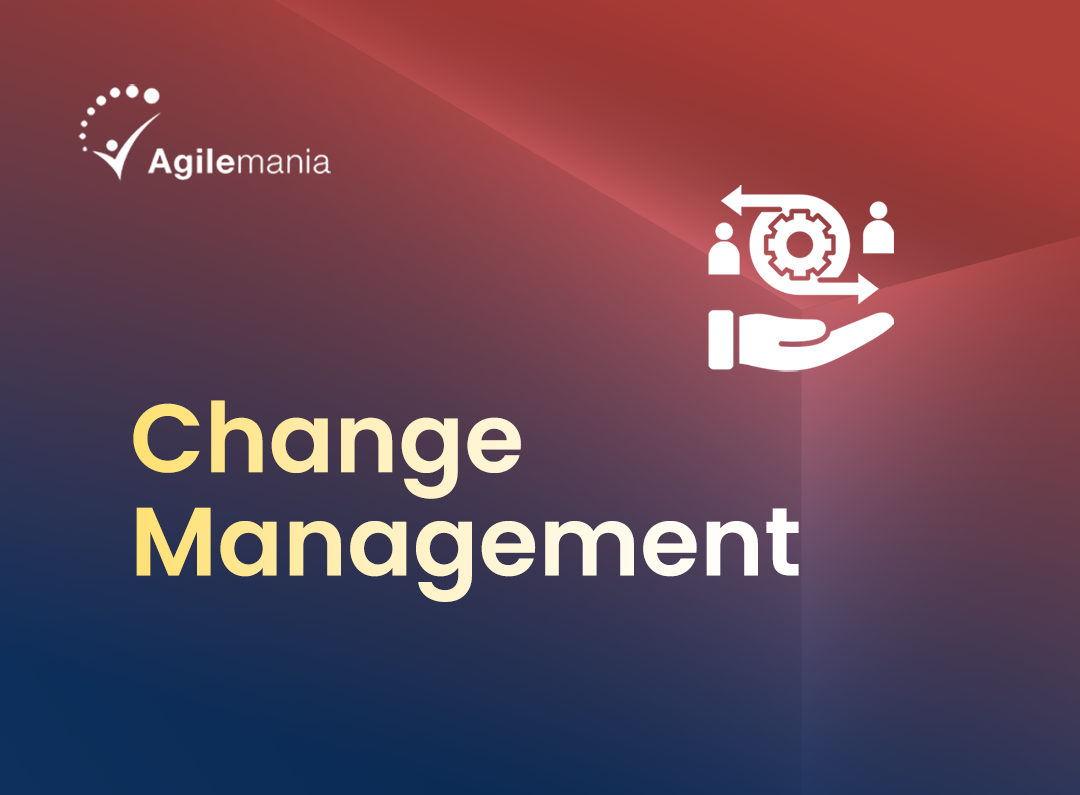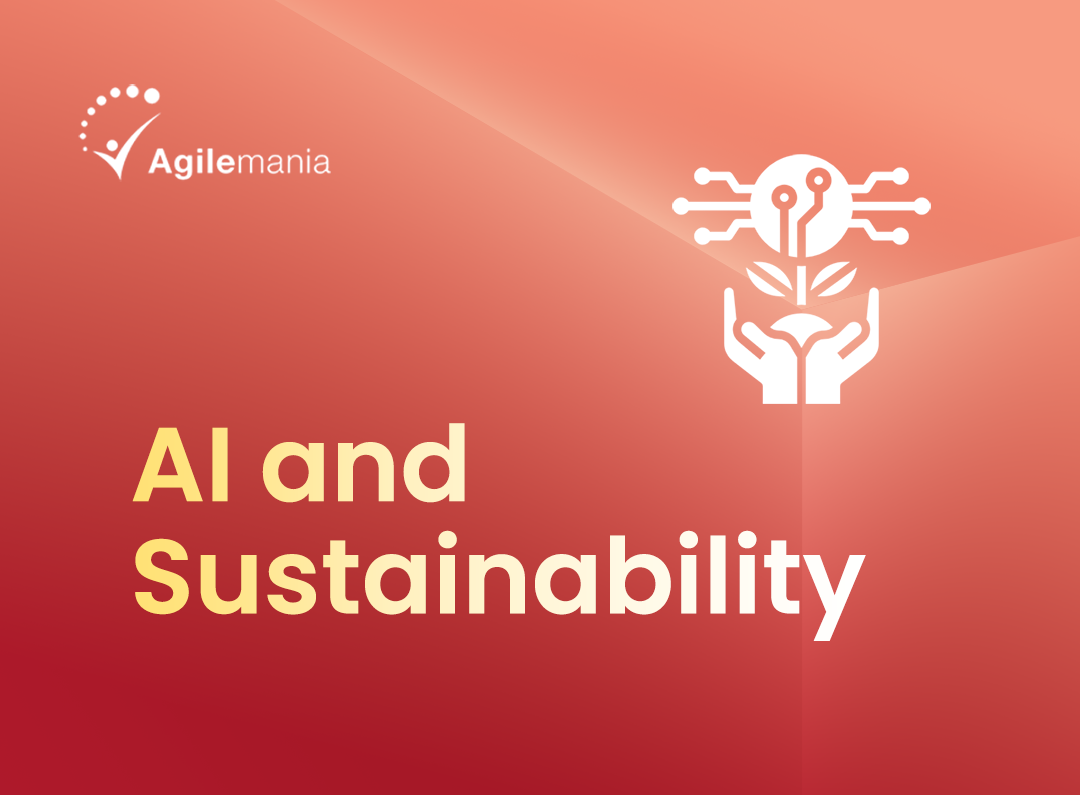In today's competitive landscape, creating a successful product hinges on understanding the needs and desires of your users. This understanding is primarily achieved through user research, a critical process that allows product managers to make informed decisions, prioritize features, and create products that truly resonate with their target audience. In this blog, we'll explore essential user research techniques that every product manager should know.
1. Surveys and Questionnaires
Surveys and questionnaires are some of the most commonly used methods for gathering user feedback. They are cost-effective and can reach a broad audience quickly. When designing surveys, product managers should focus on crafting clear, concise questions that avoid leading or biased language. Closed-ended questions (like multiple-choice) help quantify data, while open-ended questions provide qualitative insights.
Pros:
-
Reach a large audience quickly.
-
Quantifiable data for analysis.
-
It can be easily distributed online.
Cons:
-
Limited depth of insights.
-
Response rates can vary.
-
Potential for biased responses if questions are not well-designed.
2. Interviews
Interviews offer a more in-depth understanding of user needs, behaviors, and motivations. Conducting one-on-one interviews allows product managers to dive deeper into specific topics and follow up on responses to gain richer insights. Interviews can be structured, semi-structured, or unstructured, depending on the research goals.
Pros:
-
Detailed, qualitative insights.
-
Ability to explore complex topics.
-
Builds a rapport with users, leading to more honest feedback.
Cons:
-
Time-consuming and resource-intensive.
-
Smaller sample size.
-
Potential for interviewer bias.
3. Focus Groups
Focus groups involve gathering a small group of users to discuss their experiences, needs, and opinions about a product or service. This method allows product managers to observe group dynamics and gather a variety of perspectives in a single session. It’s particularly useful for understanding user perceptions and generating ideas.
Pros:
-
Collect diverse opinions in one session.
-
Encourages discussion and idea generation.
-
Can identify common themes across users.
Cons:
-
Groupthink can influence individual opinions.
-
Requires skilled moderation to keep discussions on track.
-
Limited to small sample sizes.
Advance Your Career with ICAgile Certification!
Join our ICP-PDM Training to gain the skills and knowledge needed to excel in product management.
Enroll Now!4. Usability Testing
Usability testing involves observing users as they interact with a product to identify usability issues and areas for improvement. Product managers can conduct usability tests on prototypes or live products, gaining insights into how users navigate and use the product. This method helps ensure the product is user-friendly and meets user expectations.
Pros:
-
Direct observation of user interactions.
-
Identifies specific usability issues.
-
Can be conducted at various stages of product development.
Cons:
-
Requires a working prototype or product.
-
Time-consuming to set up and analyze.
-
It may require specialized tools or software.
5. A/B Testing
A/B testing is a quantitative method where two versions of a product or feature are tested against each other to determine which performs better. It’s commonly used for testing different UI designs, content, or functionality. A/B testing provides concrete data on user preferences and can significantly influence product decisions.
Pros:
-
Provides clear, data-driven results.
-
It helps optimize specific features or designs.
-
It can be conducted in a live environment with real users.
Cons:
-
Only tests small changes at a time.
-
Requires a large sample size for statistical significance.
-
It can be time-consuming to run multiple tests.
6. Field Studies
Field studies involve observing users in their natural environment to understand how they interact with a product in real-life situations. This technique is particularly useful for products designed for specific contexts or industries. By understanding the user's environment, product managers can design more contextually relevant solutions.
Pros:
-
Real-world insights into user behavior.
-
Identifies contextual factors that influence product use.
-
It helps uncover unmet needs or pain points.
Cons:
-
Logistically challenging and time-consuming.
-
It may require travel and on-site observation.
-
Smaller sample size.
7. Analytics and User Behavior Data
Analytics and user behavior data provide valuable insights into how users interact with a product over time. By analyzing data from tools like Google Analytics, product managers can track user flows, identify drop-off points, and understand which features are most or least used. This data-driven approach complements qualitative research methods and helps prioritize product improvements.
Pros:
-
Provides quantitative data on user behavior.
-
It helps identify trends and patterns over time.
-
It can be used to validate or challenge qualitative insights.
Cons:
-
Requires access to and knowledge of analytics tools.
-
It may not provide context for why users behave a certain way.
-
Data privacy concerns must be managed.
8. Personas and User Journey Mapping
Personas are fictional representations of key user segments based on research, while user journey mapping visualizes the steps users take to achieve a specific goal. These tools help product managers keep the user at the center of the development process and ensure that the product meets the needs of its target audience.
Pros:
-
Provides a clear picture of different user types.
-
Helps align the team on user needs and goals.
-
Useful for identifying pain points and opportunities.
Cons:
-
Based on assumptions that need regular validation.
-
Can oversimplify the diversity of real users.
-
It requires significant research to develop accurately.
Conclusion
User research is not a one-size-fits-all process. Different techniques offer different insights, and the best approach often involves a combination of methods. Product managers should choose the techniques that align with their research goals, resources, and timelines. By investing in robust user research, product managers can build products that not only meet but exceed user expectations, driving both user satisfaction and business success.




























































































